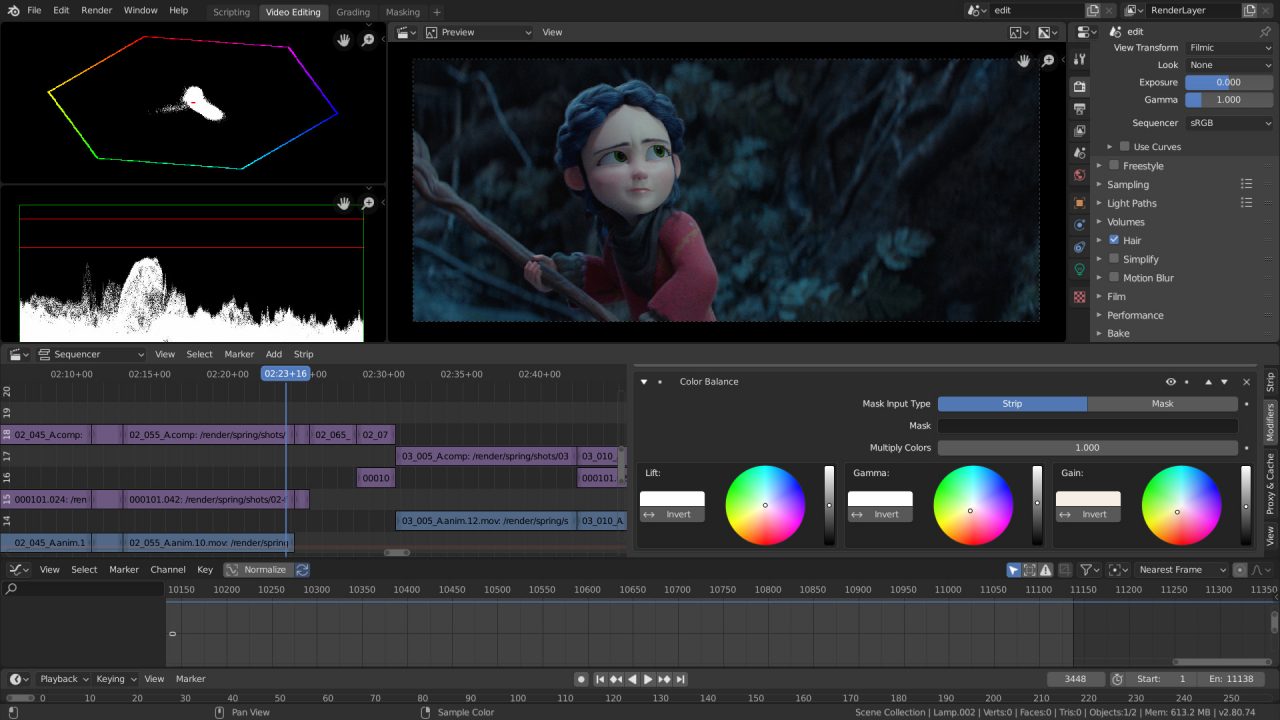The Beginning: Polygonal Modeling
The first step in the direction of creating 3D characters was polygonal modeling. It involved making a 3D net helped make up of polygons that can be manipulated to produce various shapes and types. This strategy was made use of in early video activities like Pac-Man and Donkey Kong.
Having said that, polygonal choices in had its limits. Personalities created using this technique possessed standard surface areas that was without appearance and particular. They likewise had limited action abilities.
Texturing: Incorporating Reality to Characters
To make personalities much more realistic, appearance was offered as a technique for incorporating different colors and structure to the surface areas of 3D designs. This enabled developers to develop much more detailed characters along with realistic skin layer shades, hair different colors, and apparel appearances.
Texturing likewise enabled musicians to include depth and particular by using bump charts or regular maps that simulated area information like wrinkles or scales on reptilian creatures.
Rigging: Producing Movement in Personalities
While textured models looked great on monitor or paper, they were still static items without any type of activity abilities. That's where gear happened into play.
Gear includes including bones or junctions inside a design which allows animators to maneuver it like a doll on strands. With rigging happens the ability for characters to relocate their branches reasonably when running or diving; facial phrases can easily be animated as well with convenience.
Skeletal Animation: Bringing Life-like Activity
Skeletal computer animation is one more strategy that changed the world of 3D character concept by making it possible for animators to produce natural-looking activities without possessing to manually stimulate each framework one by one.
Utilizing emaciated computer animation, animators can develop believable activities by determining a skeleton for the character and then relocating it around. This technique permits for more fluid action, specifically when generating complex movements like running or leaping.
Motion Capture: Carrying Fact to Animation
Activity squeeze is another technique that has changed the world of 3D personality design. medical animation companies includes capturing real-life movements of actors and transferring them onto digital personalities via specialized software program.
Along with motion capture, animators can develop realistic motion in characters with very little effort. Stars put on specialized suits or pens that are tracked by electronic cameras which videotape their movements. These activities are then transmitted onto a 3D model in software, giving it realistic activity.

Real-Time Rendering: Creating Interactive Personalities
Real-time making is a method used to leave 3D models with high-quality graphics in real-time. This procedure creates it possible to develop interactive personalities in video games or virtual fact settings.
Real-time rendering has developed over time with the overview of new technologies like radiation track and worldwide lighting. These innovations have produced it possible to provide sophisticated illumination impacts in real-time, creating d